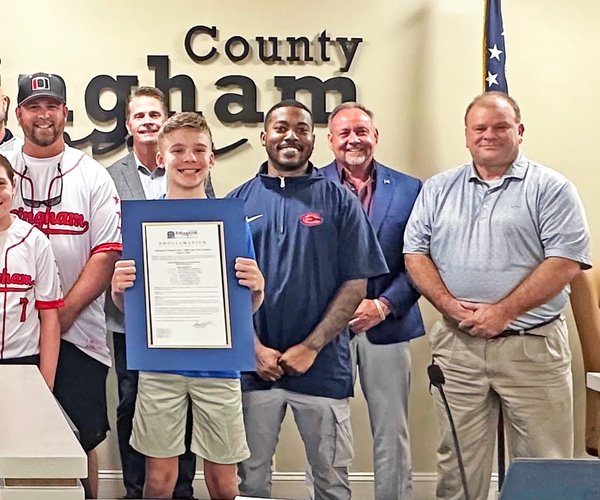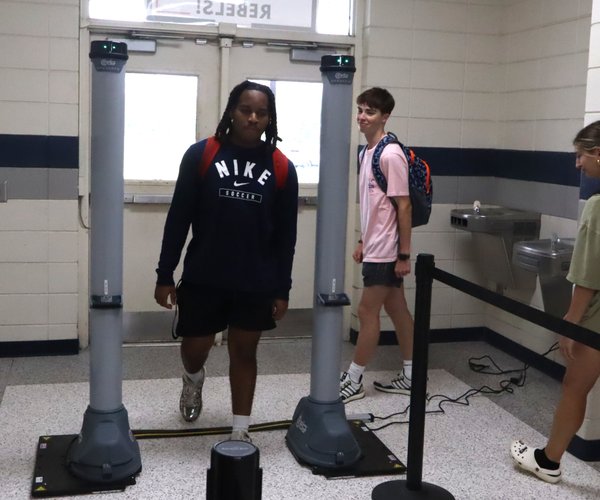University System of Georgia Chancellor Steve Wrigley has approved a new organizational chart for the top leadership of the new three-campus Georgia Southern University being formed by the merger with Armstrong State University. The chart shows that the university will have at least five vice president posts, down from eight vice presidents currently at the two universities. But a new leadership position, which may or may not carry a vice presidential title, will be created for oversight of the Armstrong campus in Savannah and the Liberty campus in Hinesville.
Georgia Southern University, Armstrong merger talks continue








